Emerging Contemporaries
Emerging Contemporaries is the Craft ACT National Award Exhibition for early career artists.
Jessica Ashcroft (ACT) | Andres Caycedo (ACT) | Wayne Creaser (ACT) | Lara Forsdick (ACT) | Zoe Grigoris (SA) | Thomas Hume (NSW) | Walter Jugadai Tjungurrayi (NT) | Mona Lewis (SA) | Catherine Newton (ACT) | Nicole Rupert (SA) | Kate Small (NSW) | Megan Stewart (ACT) | Marissa Thompson (SA) | Thomas Tjilya (SA) | Jo Victoria (ACT) | Caroline Walker-Grime (ACT) | Georgina Whigham (ACT)
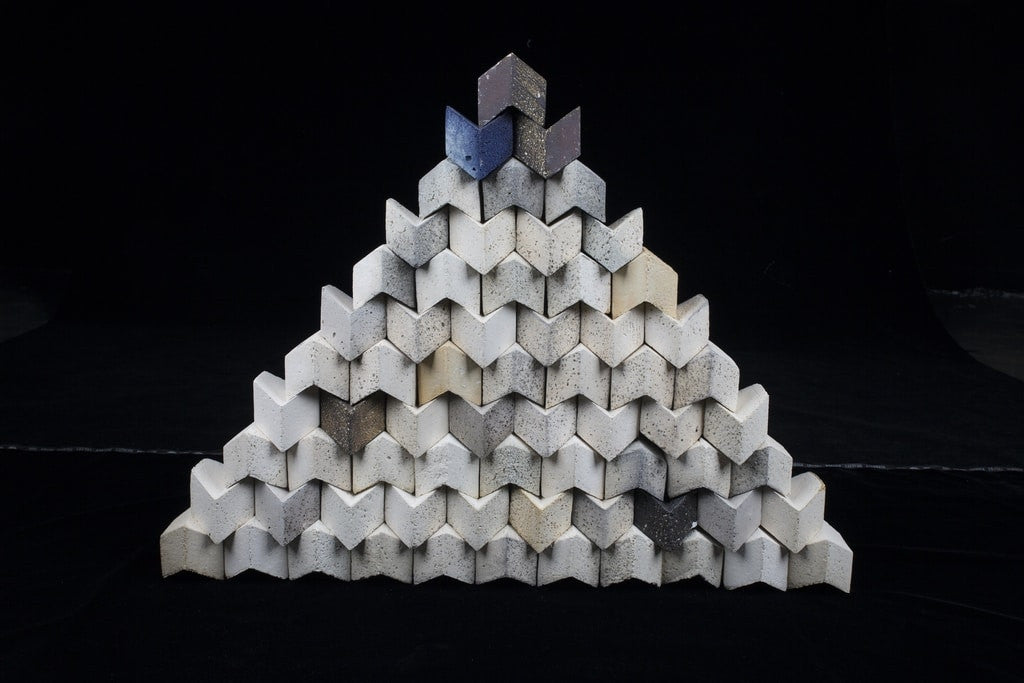 Emerging Contemporaries
Emerging Contemporaries
by Karina Harris and Neil Hobbs
One of the numerous benefits of living in Canberra is the lack of filters between us all. There are few barriers between all the various urban tribes, such that you can encounter a Prime Minister on a weekend walk as easily as you can access the extraordinary talent pool of our artists. This is nowhere more evident that the current crop of emerging contemporaries exhibiting in the Craft ACT National Award Exhibition for early career artists. Artists are recent graduates from ANU, University of Canberra, the Sturt School for Wood and the Indigenous Jewellery project. The artists are working in jewellery, ceramic, glass, textiles, metals and timber. All the artists are working with form in various ways, creating objects that are functional, decorative or both.
The exhibition is a collection of furniture , decorative objects, and practical ‘things’ such as bike packs and spectacles. What unifies an apparent disparate arrangement of elements is the clarity of design or craftwork embedded in each work. These are ‘beautiful’ objects, before they fulfil their other functions.
Our interests in the art and design field are well entrenched, occupying our professional and social space. We may be considered obsessive in our search for beauty. Further, there is a part of all of us that searches for what Brett Whiteley called ‘the click’: signifying the point where our knowledge of something moves from known to unknown, through a felt or sensed transformation . “It’s the click, man” Brett reminds us in the recently released WHITELEY documentary.
Our obsession has led us to some great spaces and great conversations. Some of the most unlikely looking spaces can yield the most extraordinary powerful exhibitions. The friends you make and meet at these events adds a great deal to the cultural life of the Capital region.
The paucity of the commercial gallery market in Canberra is a negative for local artists and artisans, however there are all sorts of opportunities for all of us to see great work at so many levels. When we moved to Canberra in 1991 there were five significant commercial art galleries, and a full suite of artist run or other community spaces. The tally twenty-five years later speaks of the fracturing of the commercial model, with only two actively exhibiting commercial spaces. This change has seen local artists and artisans move to develop new models for exhibiting and selling their works. It is a credit to the cultural capital of Canberra that the creative drive from new and establishing artists is finding new avenues to reach the viewing and collecting market.
Our collecting philosophy is simple – only buy something if you love it. If you buy for other reasons you are not a collector. You won’t know what you love until you see it, so by all means seek out the opportunities in physical and digital space. Look at the works, talk to the artists, talk to the gallery staff. The timing may not be right to buy, but file the information away and keep alert for the artist’s next show.
To focus on this show: There are seventeen artists exhibiting, seven have produced jewellery or metalwork, four ceramic works, four furniture or timber based objects, with one working in one glass and one in textiles.
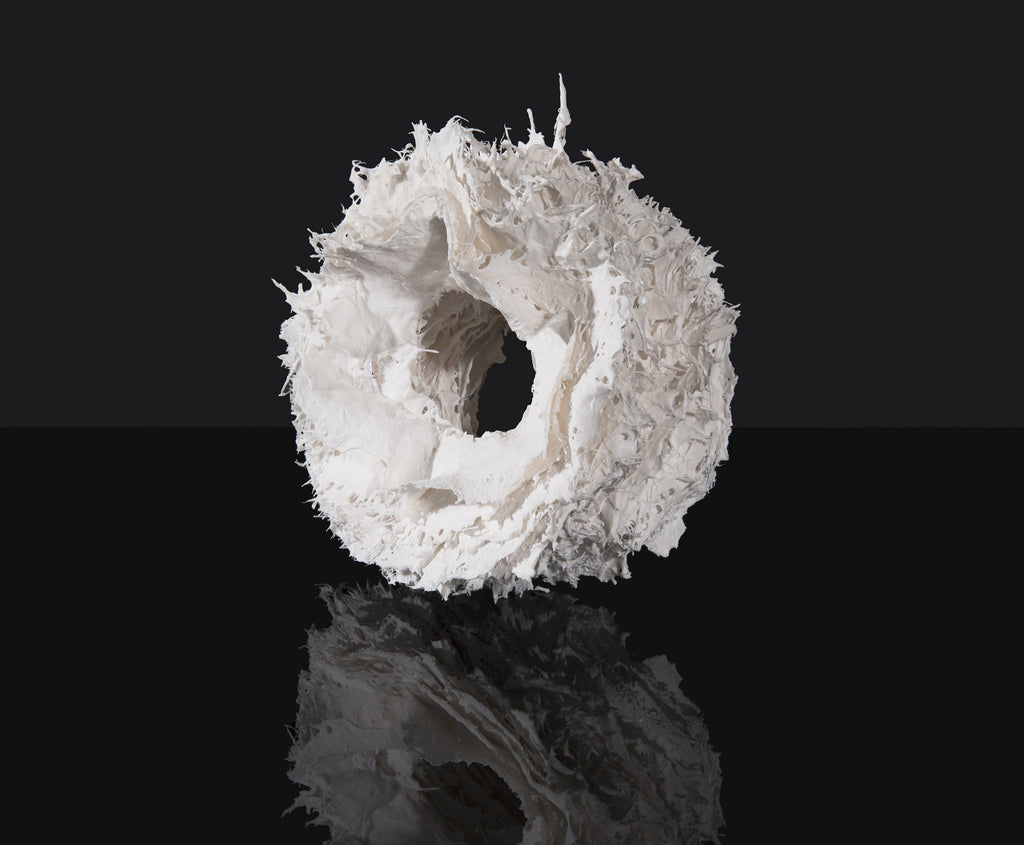 Each of the artists has produce work that catches your eye: Objects vary from functional to decorative, creating pattern in the stacked ceramic work by Andres Caycedo, or through a refined functional work by Georgina Whigham. Caroline Walker Grime’s porcelain works combine cast works with personal history, while Jo Victoria allows the porcelain to be the agent for her experimentation.
Each of the artists has produce work that catches your eye: Objects vary from functional to decorative, creating pattern in the stacked ceramic work by Andres Caycedo, or through a refined functional work by Georgina Whigham. Caroline Walker Grime’s porcelain works combine cast works with personal history, while Jo Victoria allows the porcelain to be the agent for her experimentation.
 Furniture examples cover Thomas Hume works, Roadie Bike Baskets, with finely faceted timber panels, with a retro look from the brown leather straps, and Day Bed, with finely detailed joints and drawers. Kate Small plays on the patterns of complexity and simplicity, resolving the angled leg frames to a simple flat surface. Lara Frosdick scribes the organic scribbly gum patterns into Hoop Pine with a calligraphic flourish. Wayne Creaser plays on pattern, mixing the arts and craft style with the derivatives of the square found through Chinese and Japanese furniture design.
Furniture examples cover Thomas Hume works, Roadie Bike Baskets, with finely faceted timber panels, with a retro look from the brown leather straps, and Day Bed, with finely detailed joints and drawers. Kate Small plays on the patterns of complexity and simplicity, resolving the angled leg frames to a simple flat surface. Lara Frosdick scribes the organic scribbly gum patterns into Hoop Pine with a calligraphic flourish. Wayne Creaser plays on pattern, mixing the arts and craft style with the derivatives of the square found through Chinese and Japanese furniture design.
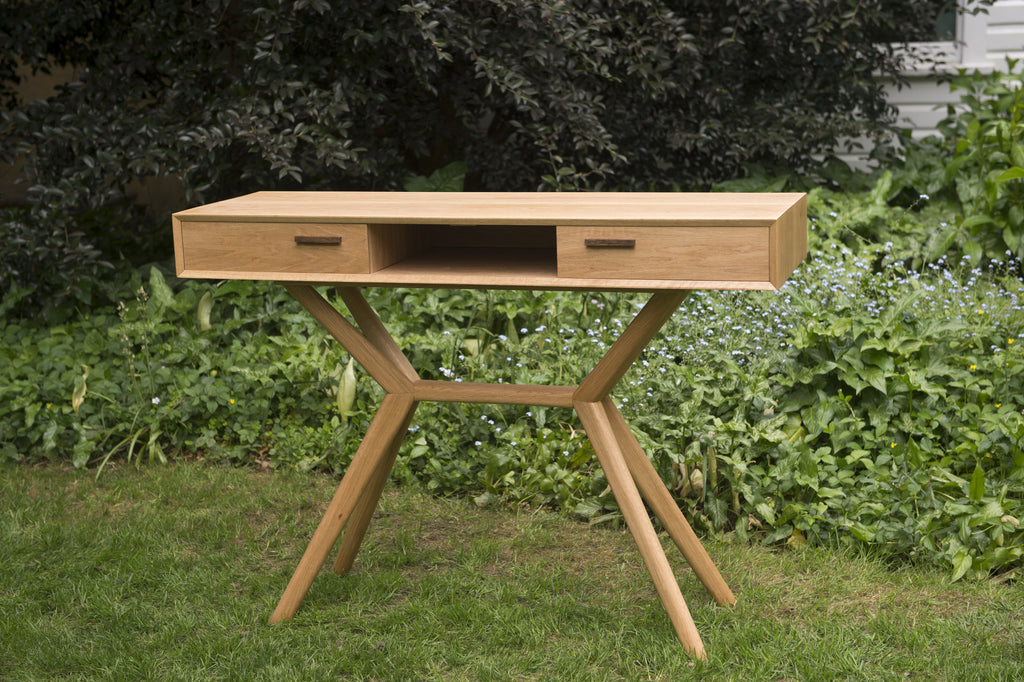
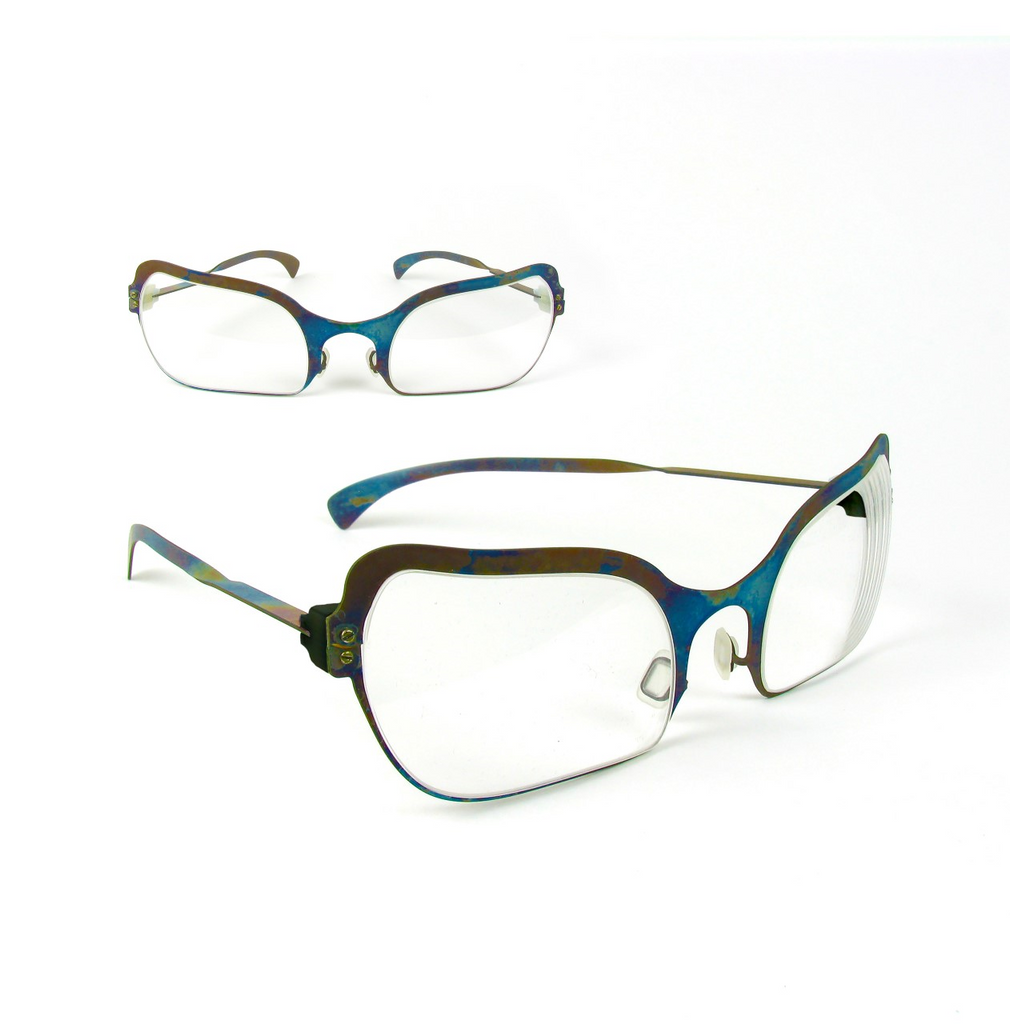 Catherine Newton catches the liquid form of manipulated and ‘hugged’ glass objects, embodying the glass with a loved intimacy.
Catherine Newton catches the liquid form of manipulated and ‘hugged’ glass objects, embodying the glass with a loved intimacy.
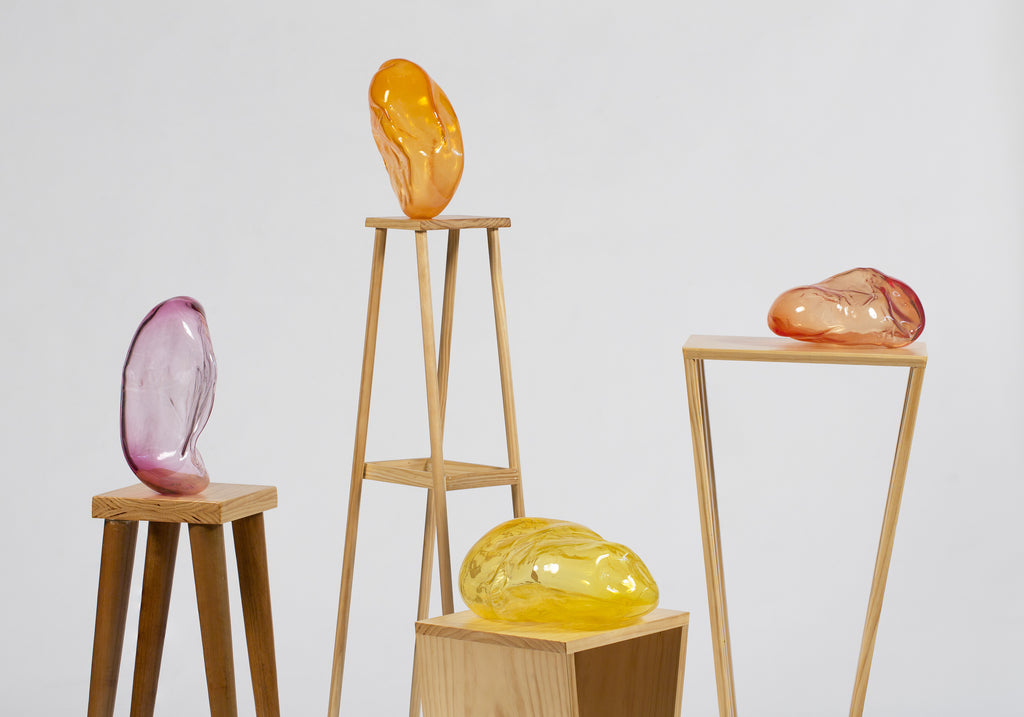 Jessica Ashcroft and Zoe Grigoris work with textiles and metal or found objects. Zoe has produced a necklace, while Jessica has produced a tableau of natural or found objects transformed by their selection and hence their connectedness.
Jessica Ashcroft and Zoe Grigoris work with textiles and metal or found objects. Zoe has produced a necklace, while Jessica has produced a tableau of natural or found objects transformed by their selection and hence their connectedness.
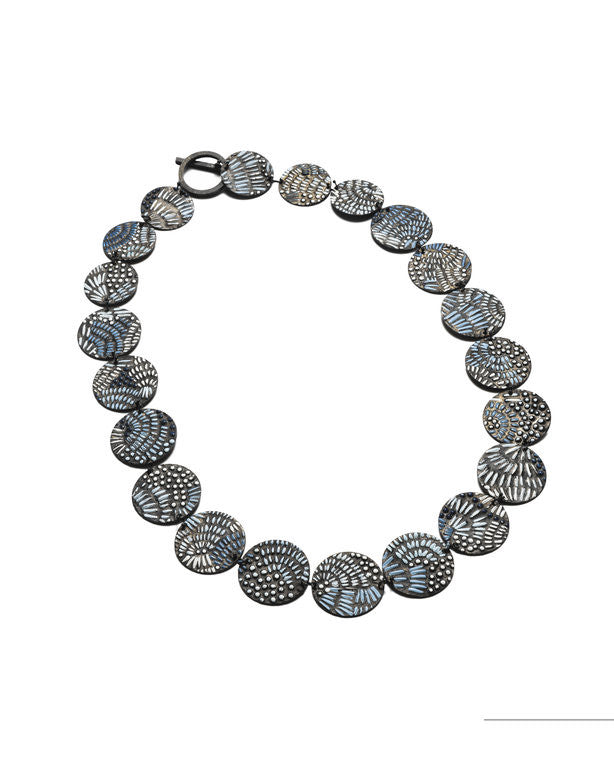
If you are new to collecting, think about these works. What element of each work triggers a response from you? Don’t just come to the opening for a free drink – come back and be in the space with the works and let the connections and your piqued interest rest on your favourite. Then buy it, then go to the next show, repeat, and you will be away!



 Emerging Contemporaries
Emerging Contemporaries